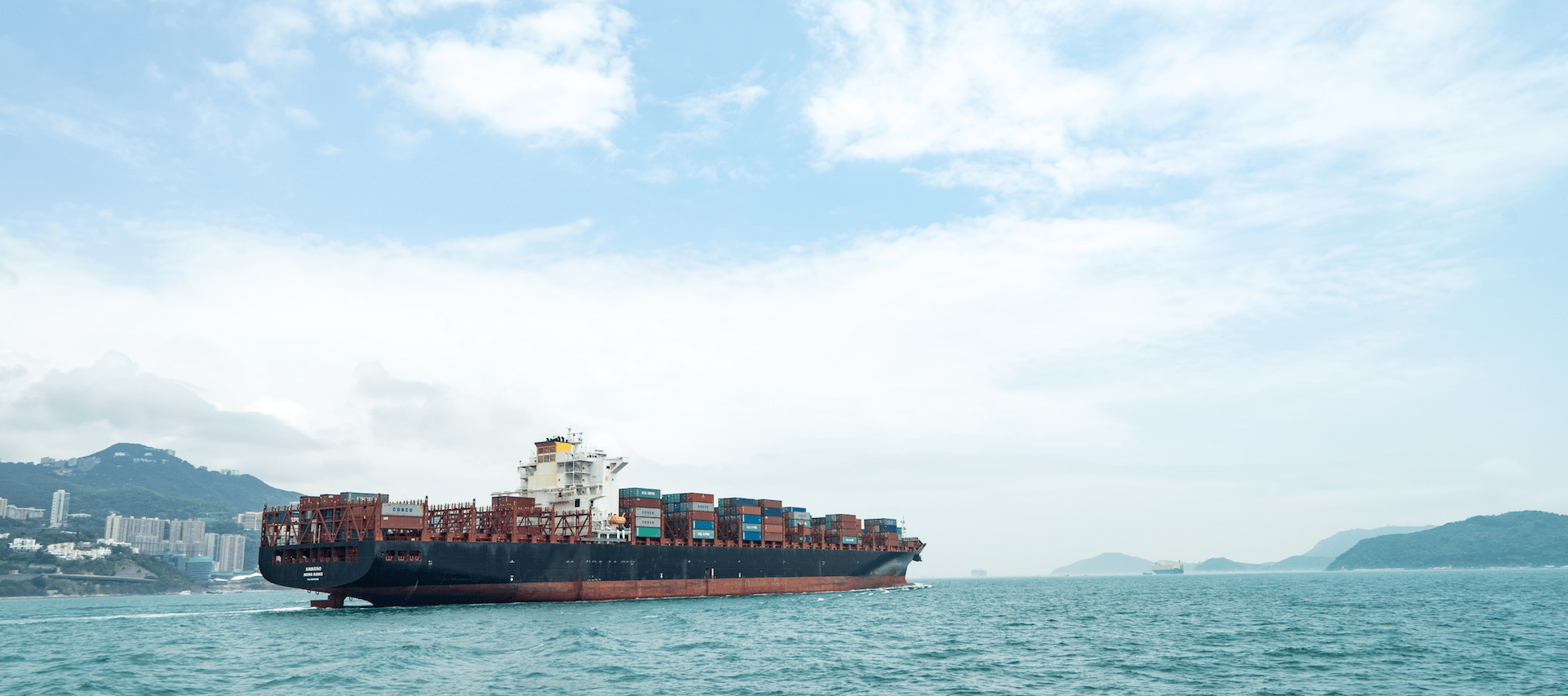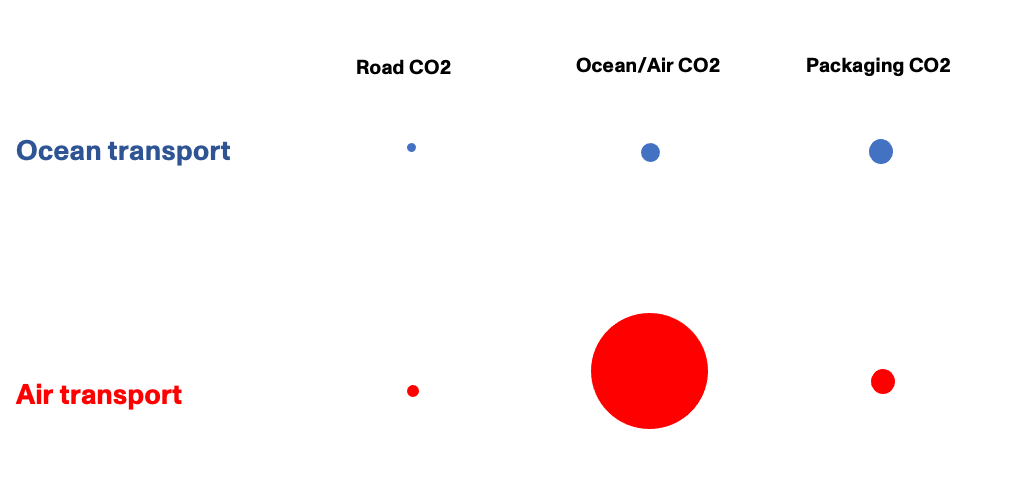
In an effort to encourage clients to consider sea freight as a viable alternative to air in fine art transport, we continue to share the varying carbon impacts that different shipment methods can have when moving works across the globe.
This case study illustrates a shipment that Queen’s managed for a private client in February 2022 and demonstrates the carbon saving that was made by moving the works via ocean freight in comparison to air, which was originally the client’s preference.
In February 2022, Queen’s were approached to transport two large sculptures from London (UK) to Punta Cana (Dominican Republic). Both works were collected from the client’s residence and transported by road to Queen’s storage facility. The sculptures were then packed into two individual bespoke crates made from Swedish pine and moved via road to London Gateway Port, Essex, travelling a distance of 115km.
The weight of the sculptures alone was 430 kg, and the crated weight was 1230 kg. After their arrival to London Gateway Port, the works were loaded onto the cargo ship before travelling 10,321.2km to Caucedeo Port in Santo Domingo, FCL.
Conversely, if these items were to be shipped by air, both works would then have been transported via road to London Heathrow Airport and flown to Santo Domingo Airport, travelling 6,980 km. Despite this being a shorter distance, the emissions produced by transporting these works via air would have increased to 9.64 tCO2e, which is considerably higher than 0.26 tCO2e produced by sea freight.

As you can see from the above, the difference between the CO2 emissions generated by each method of transport is substantial, with air transport being the largest source of pollution by a large margin.
Although at present, many clients still prefer to move works via air freight, for a movement like this, it was perfectly possible, and safe, to transport these works via sea freight. All sea freight insurance guidelines were followed to minimise risk and, although the movement via sea freight took longer, the benefits of moving these works in this way on the climate far outweighed any gains made by the works being delivered sooner via air, even when accounting for the longer sea freight movement.
Should you be looking to explore how to ship more works via sea freight, your Queen’s contact remains and your disposal and will be able to advise on the most appropriate option available to you. Alternatively, you can email [email protected] and one of our international shipping managers will be in touch.